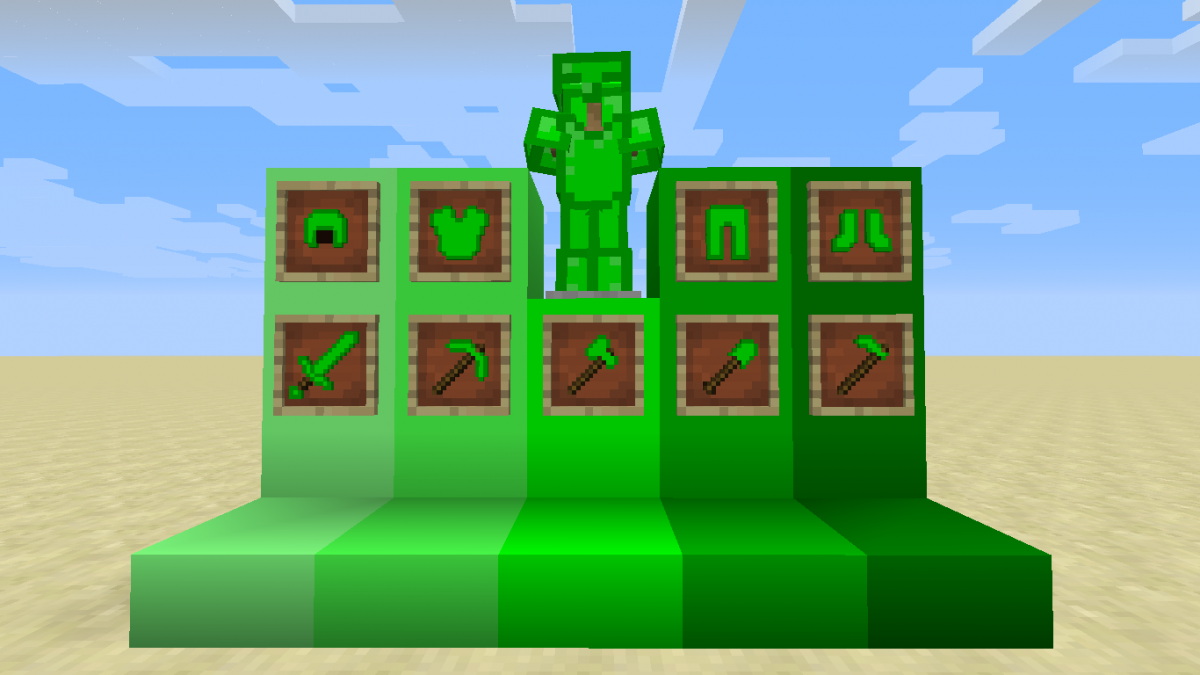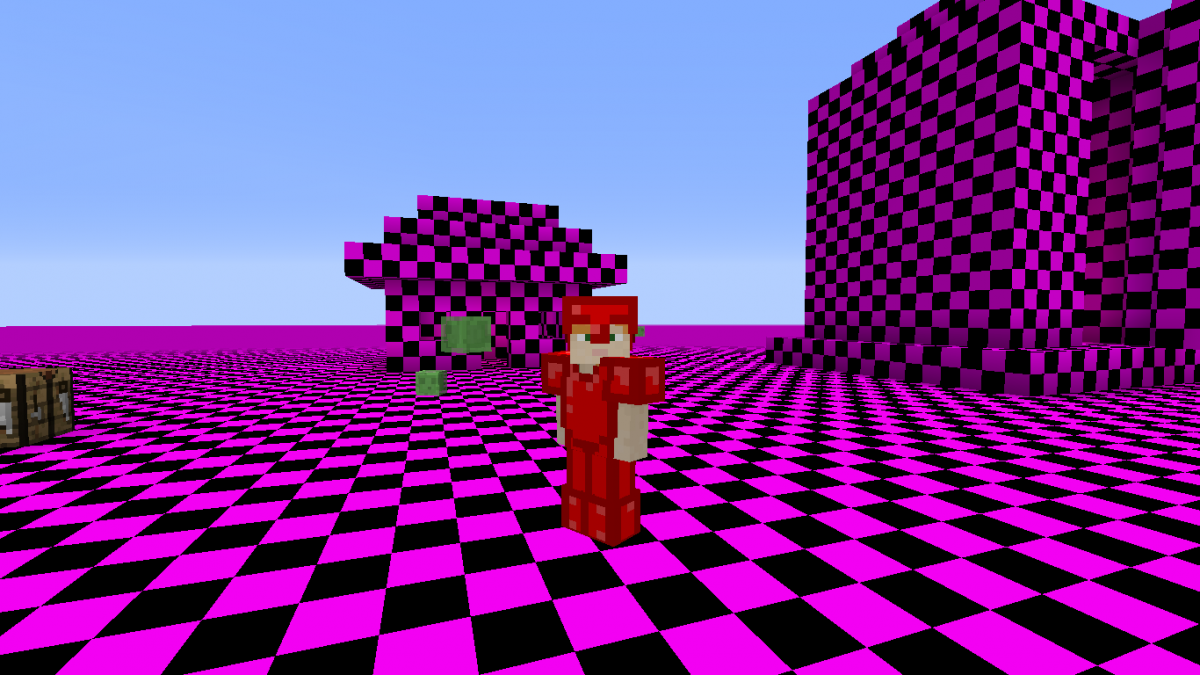-
Colore 1.1: Slabs & Future Plans

Woo-hoo! After nearly 6 months since the release of the Colore mod, I’ve finally finished the first update, which adds 70 colorful slabs to correspond with the 70 existing monochrome colored blocks already in the mod. The mod has been ported to 1.8.9 for this release, and will soon be released for 1.9 as well!…
-
Colore: My First Minecraft Mod

I’ve been working on this since I started my YouTube channel, and only now has it finally been officially launched. The Colore Mod, my first Minecraft mod. It really is a fairly simple mod, but it has taught me a lot about how the Minecraft code works, and given me some good practice in Java.…